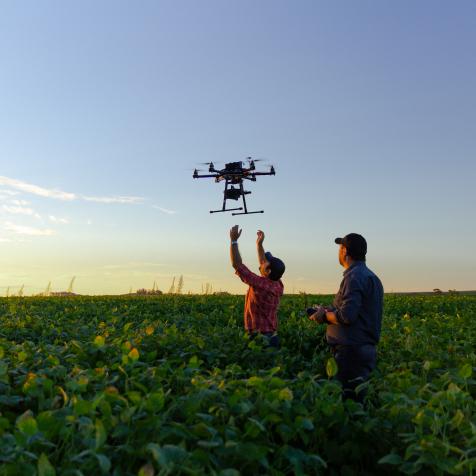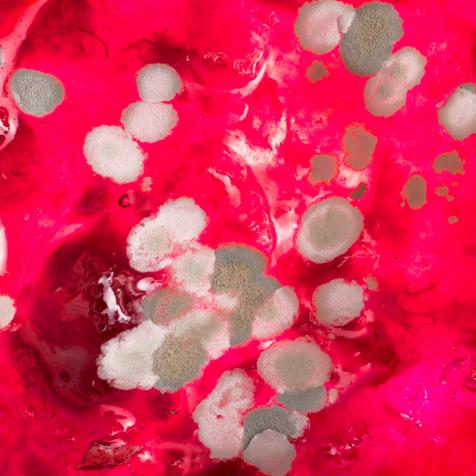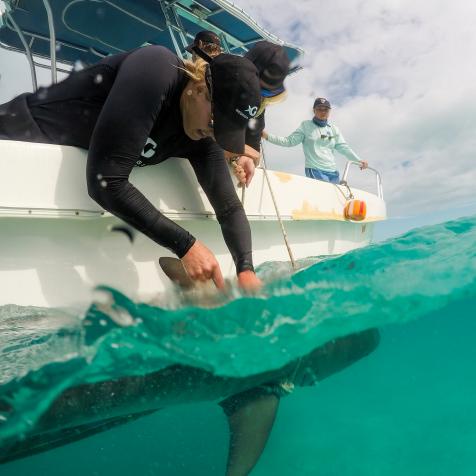
Getty Images
Tumors Can Grow Teeth
Take a look into the creepy world of teratomas.
The human body is pretty creepy. Our immune systems can turn against us; our nervous systems look like scared tassels; and the skeletons we use as Halloween decorations are literally inside us all the time. There's something even worse, though: We can grow tumors. Not just regular tumors, but tumors with teeth.

Getty Images/KATERYNA KON
Meet the Teratoma
These teeth-bearing tumors are called teratomas, which is Greek, roughly, for "monstrous tumors." No kidding. Teratomas haven't just been known to sprout teeth. They've been known to contain all kinds of tissue: bone, muscle, hair, and elements of a nervous system. Teratomas have been discovered with eyes; in one benign teratoma found in a 16-year-old girl, doctors found "well‐differentiated and highly organized cerebellar tissue" in "a skull‐like, bony shell" — in other words, the beginning of a brain and brain stem in a skull.
Her teratoma was unusually developed (just to reiterate: it had a skull!), but in many ways, it was a typical mature teratoma. Mature teratomas can be big, like hers, and painful. They can even be persistent; sometimes they grow back once removed. However, they typically aren't dangerous. It's immature teratomas, whose cells have yet to differentiate into multiple tissue types, that have the most potential to develop into cancer.
The 16-year-old's teratoma was found in her ovary. This is a common teratoma spot for women; in fact, they account for between 10 and 20 percent of ovarian growths. It's no surprise that they cluster around a woman's reproductive system, either. Teratomas are essentially embryonic tissue erupting spontaneously in places that it shouldn't. (That's not to say they only develop in women, though. In men, teratomas most often appear in the testicles, and they've also been found in children, typically on the tailbone.)
But Why So Toothy?
Don't worry. Teratomas can grow teeth, not through dark magic, but through the normal magic of germ cells — the type of stem cell that turns into an egg or sperm cell, which in turn can produce a fetus. Germ cells are "pluripotent," as scientists put it, which means they can produce all different types of tissue.
When germ cells go rogue, though, teratomas arise. Really, all it takes is one germ cell going rogue. In the 1960s, embryologist Barry Pierce discovered that the root of every teratoma is a single germ cell, which produces a constant stream of new and varied cells that accumulate into a tumescent mass. Meanwhile, all the other cells in the tumor lead normal cellular lives and ultimately die off. In other words, teratomas are a case of a bad apple ruining the bunch.
Research on teratomas like Pierce's had implications that extended beyond the toothy tumors, too. The discovery that one cell could create many types of cells — so, the discovery of pluripotency — ultimately led to the discovery of stem cells in the 1980s, a breakthrough with massive mainstream implications. Stem cells are the key to cloning mammals and (less controversially) to growing isolated human organs, like hearts, for people who need transplants.
So in the end, teratomas really aren't as horrifying as they sound. They're mostly benign, and they led science to a groundbreaking and potentially life-saving discovery. Just as you shouldn't judge a book by its cover, perhaps you shouldn't judge a tumor by its teeth, hair, and fully developed eyeball.
This article first appeared on Curiosity.com.


















